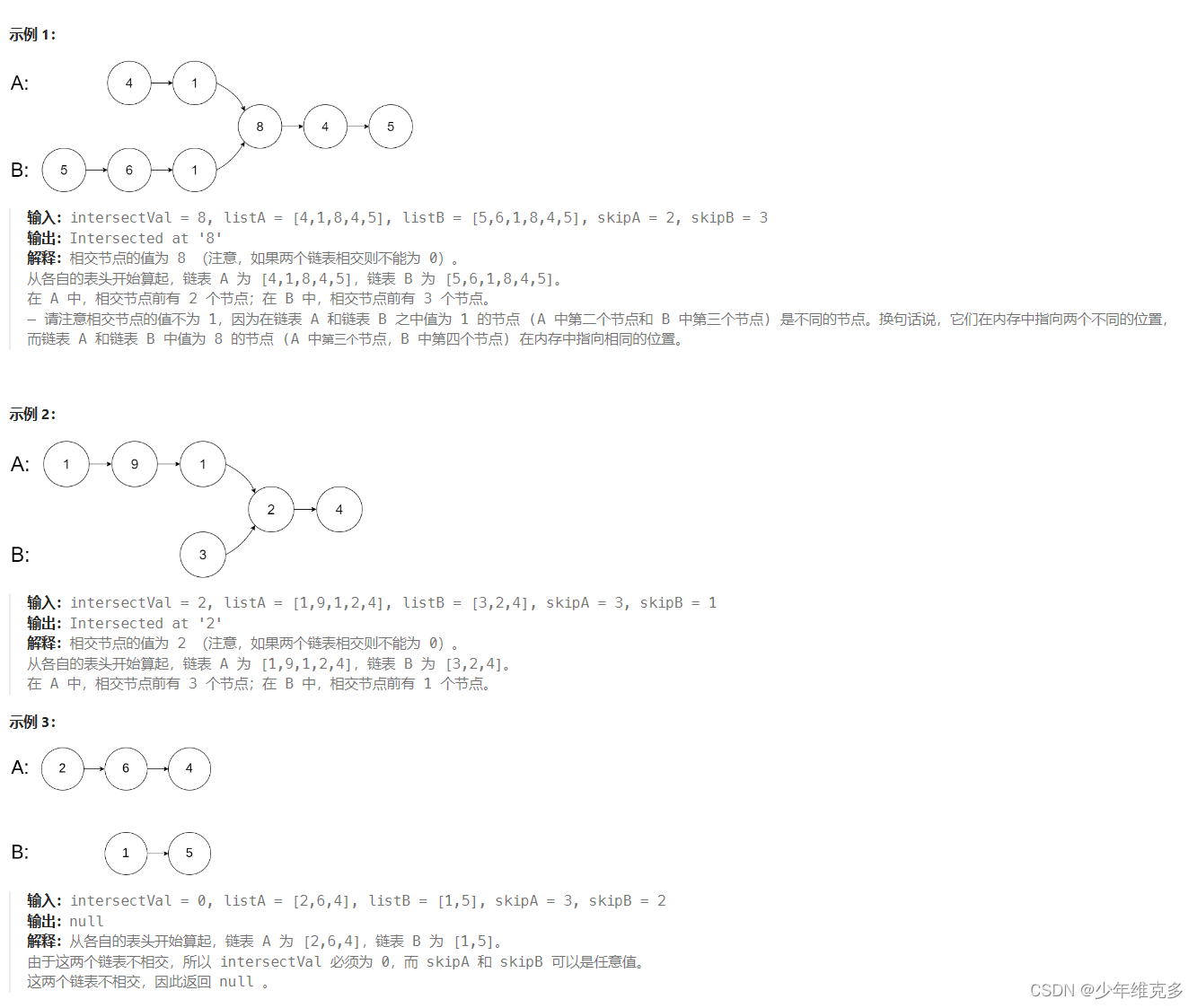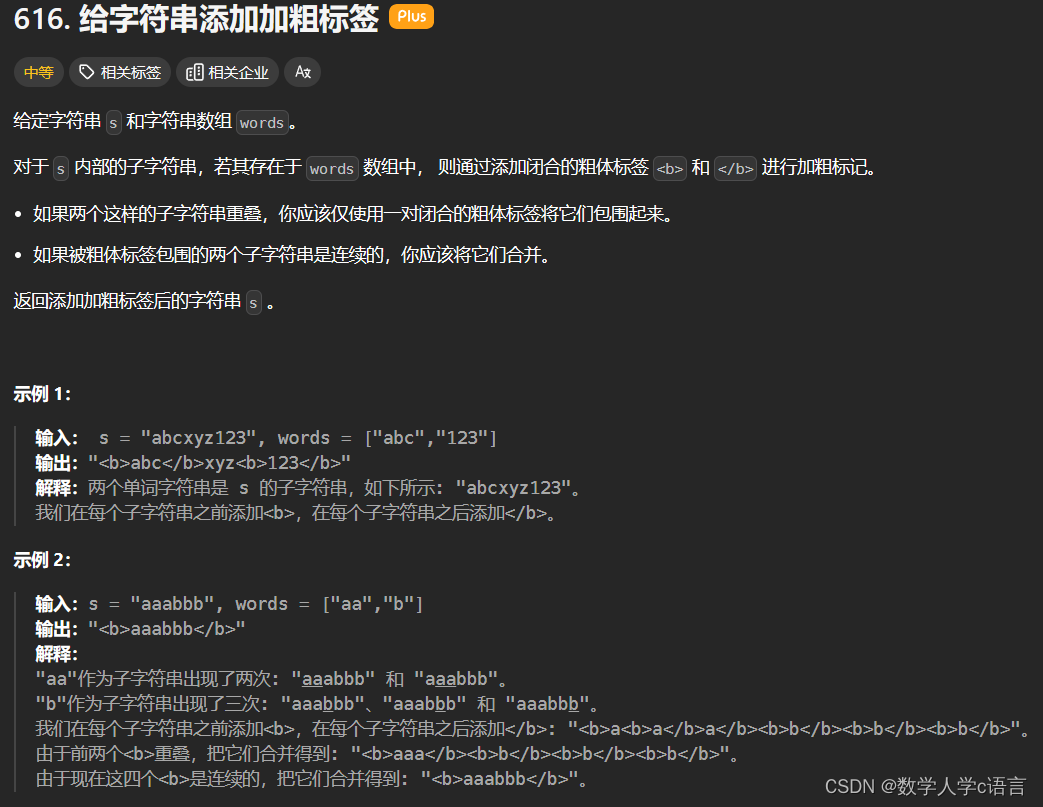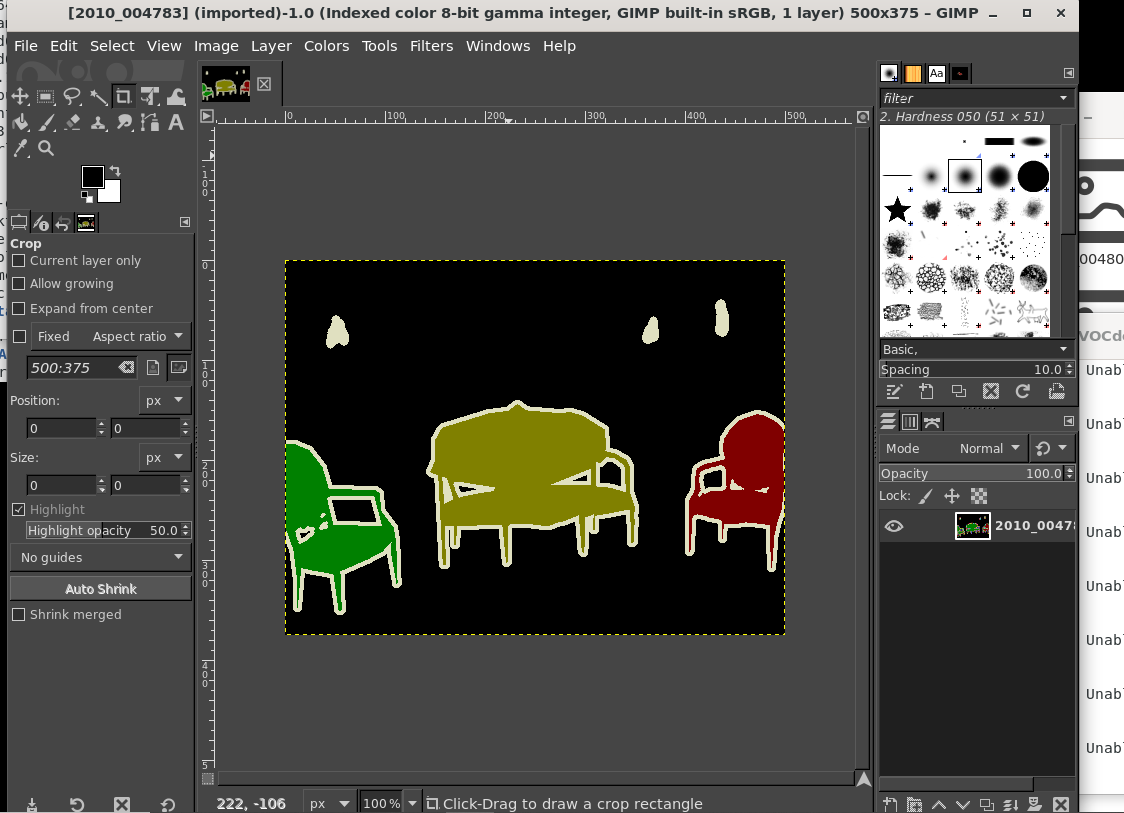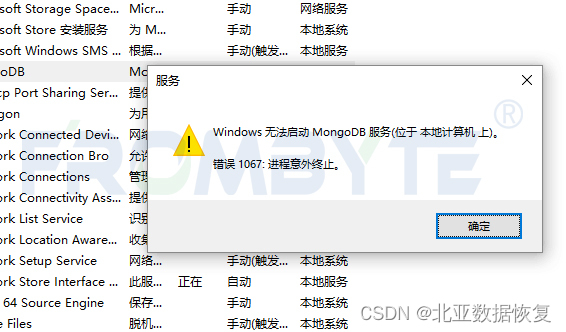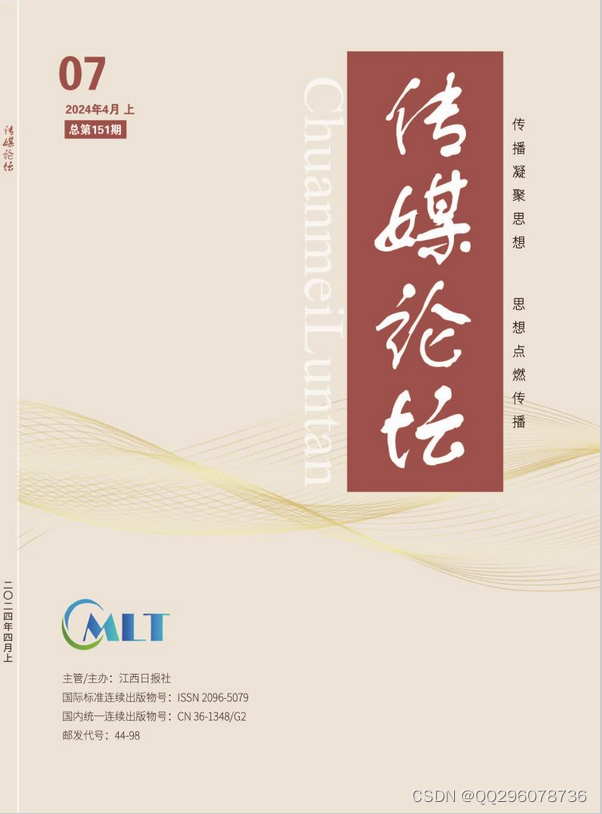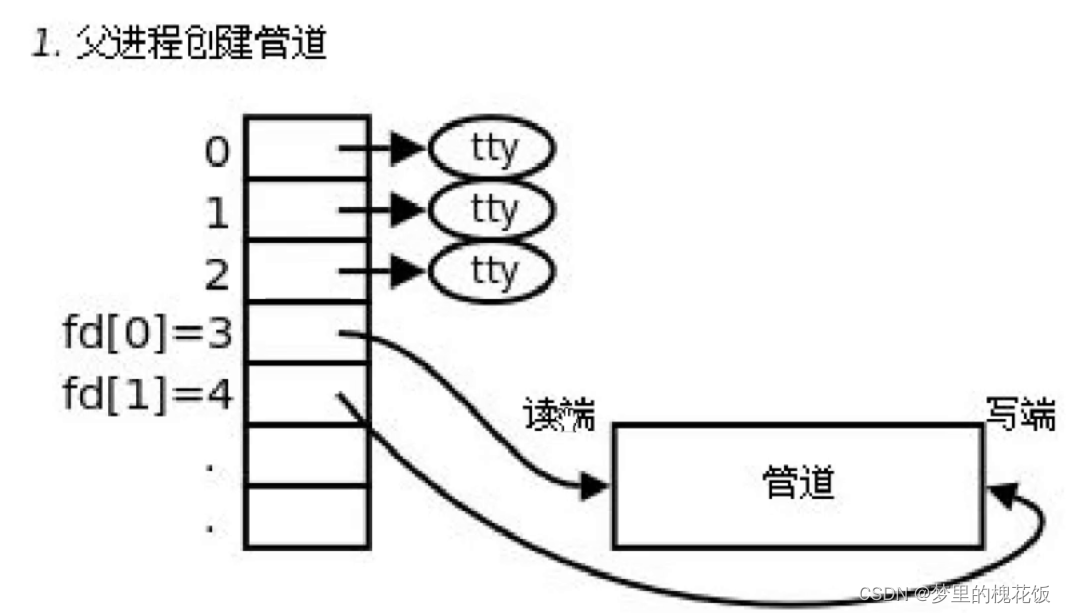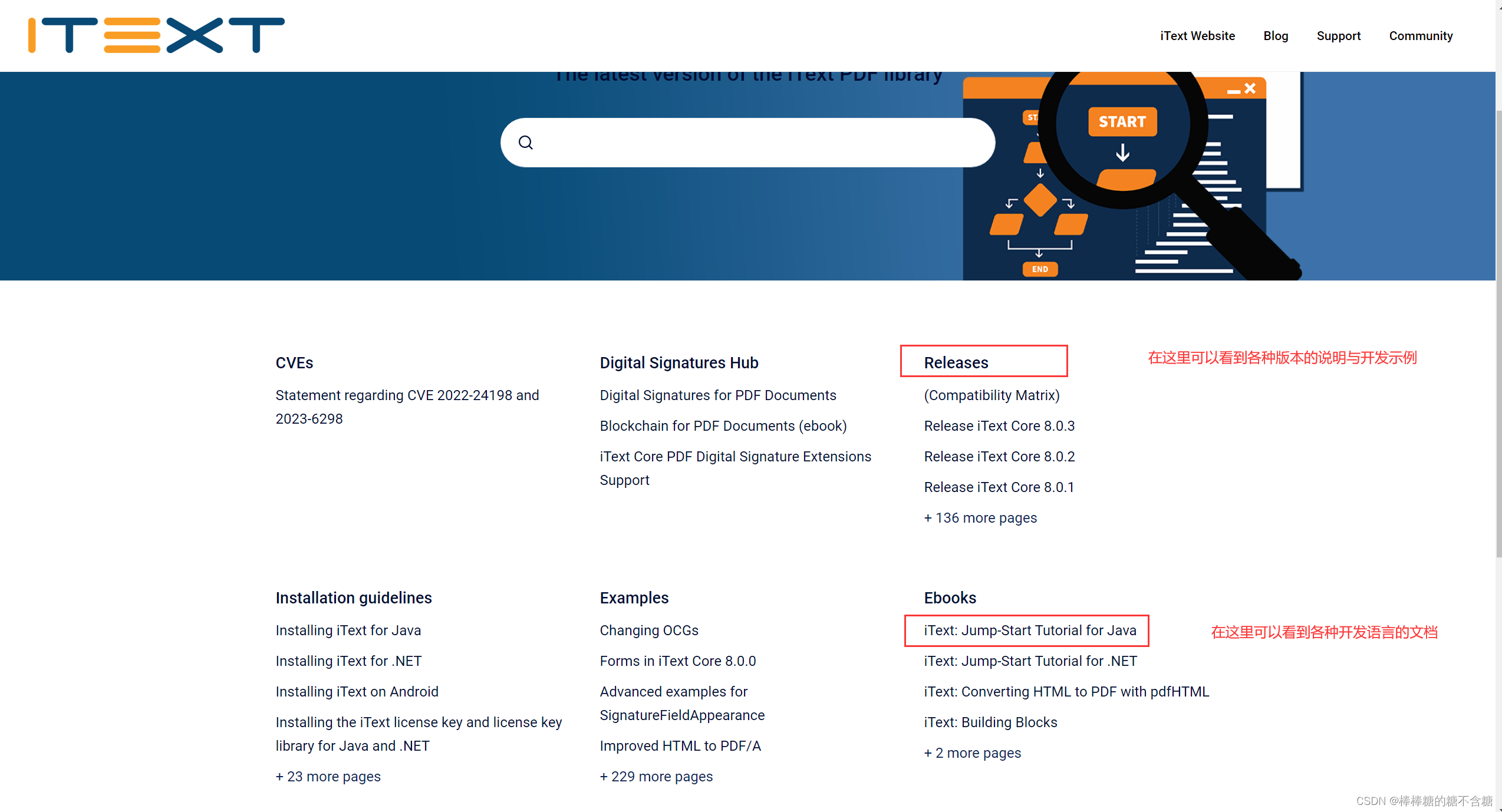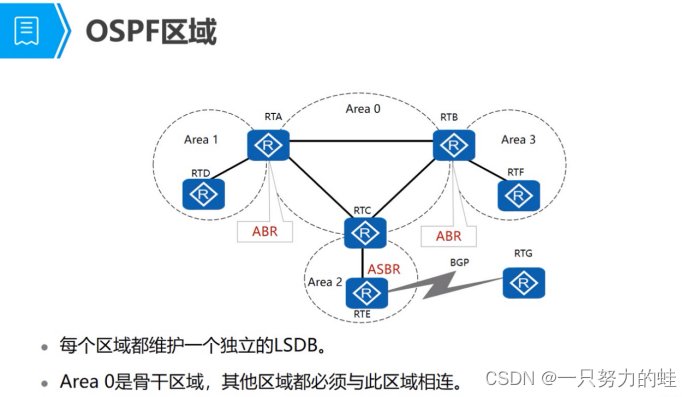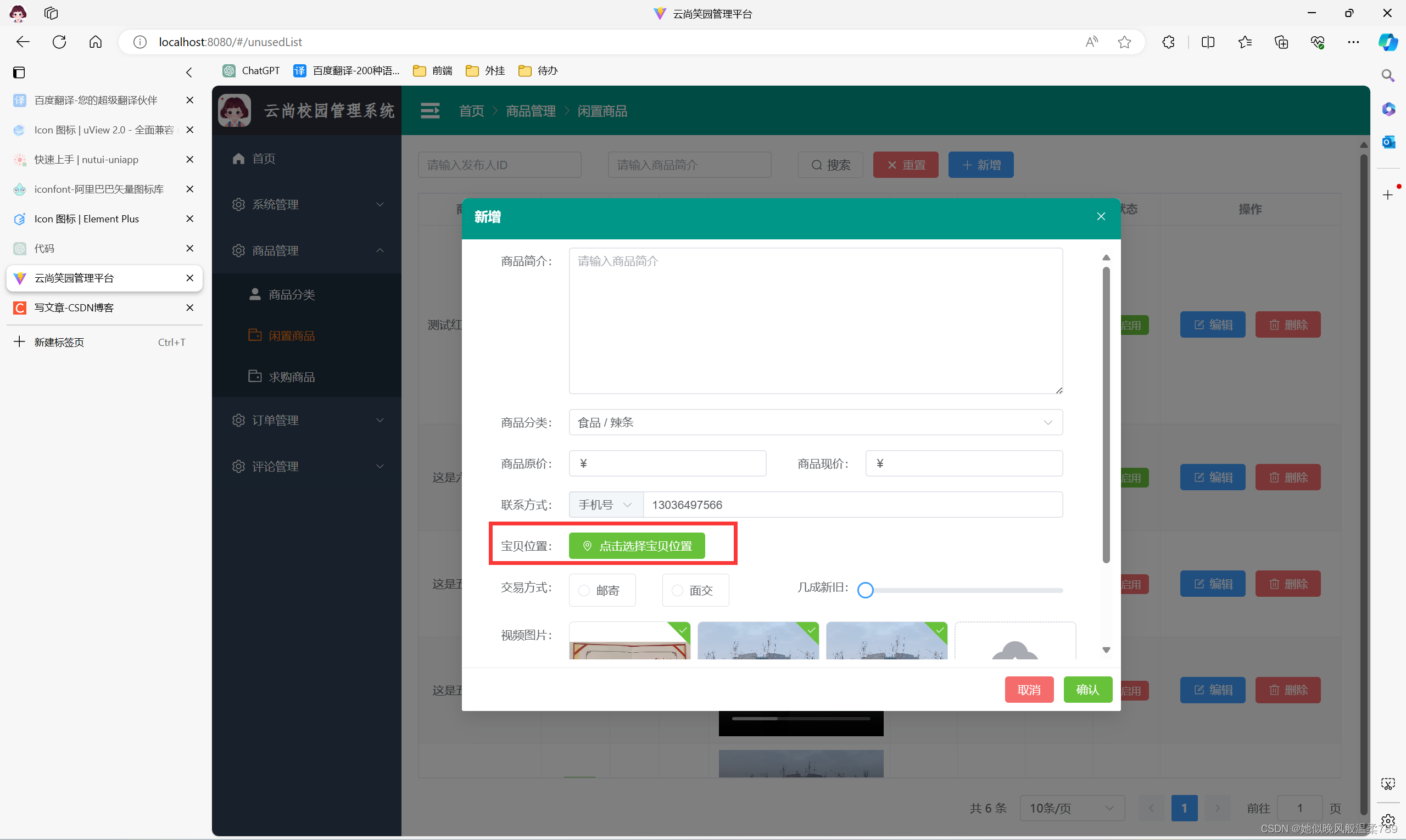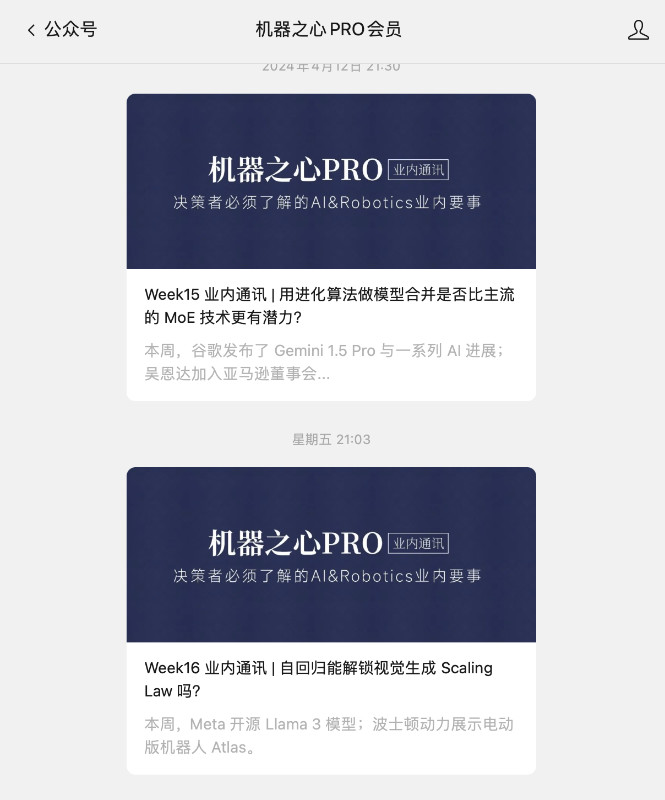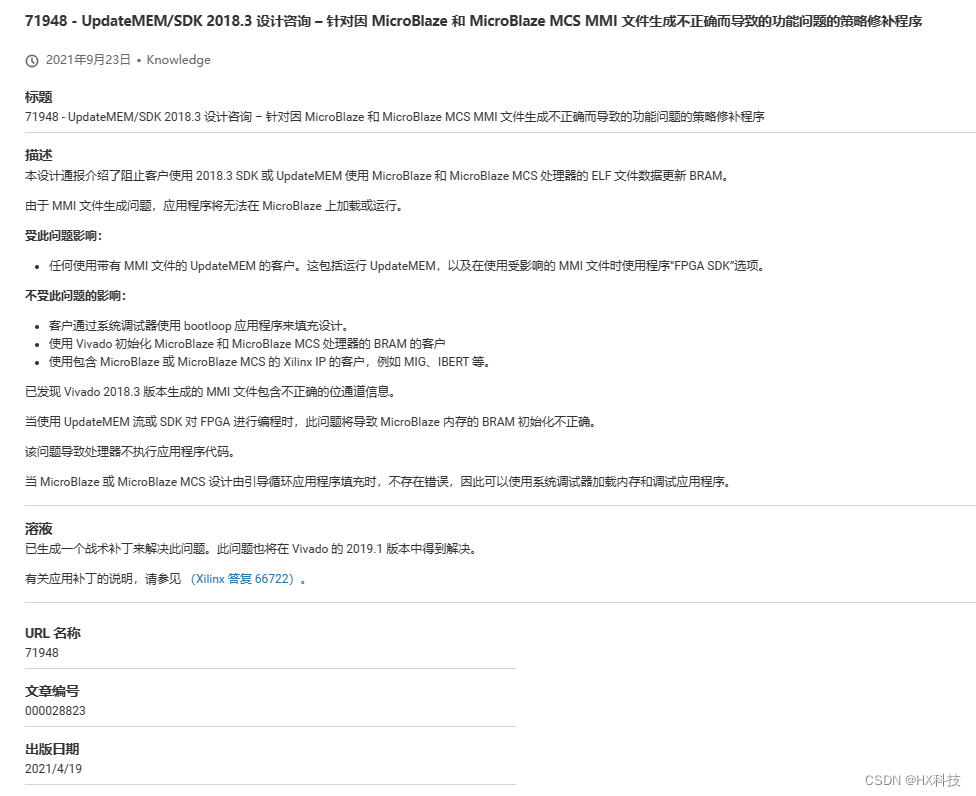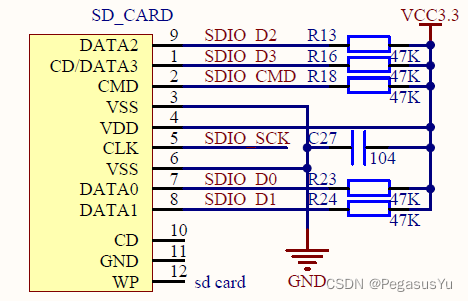一.使用方法介绍
Python 中的 Dict(字典)、List(列表)、Tuple(元组)和 Set(集合)是常用的数据结构,它们各自有着不同的特性和用途。在本文中,我们将深入了解这些数据结构的高级用法,并提供详细的说明和代码示例。
1. 字典(Dict)
字典是一种无序的、可变的、键值对(key-value)集合,其中的键必须是唯一的。字典提供了高效的键值对查找和修改功能。
高级用法:
- 字典推导式
- 使用
collections.defaultdict - 使用
collections.Counter
# 字典推导式
squares = {x: x*x for x in range(1, 6)}
print(squares)
# 使用 collections.defaultdict
from collections import defaultdict
d = defaultdict(list)
d['group1'].append('value1')
print(d)
# 使用 collections.Counter
from collections import Counter
words = ['apple', 'banana', 'apple', 'orange', 'banana', 'apple']
word_counts = Counter(words)
print(word_counts)
2. 列表(List)
列表是一种有序的、可变的序列,其中的元素可以是任意类型。列表提供了丰富的操作方法,如添加、删除、切片等。
高级用法:
- 列表推导式
- 使用
enumerate获取索引和值 - 使用
zip合并列表
# 列表推导式
evens = [x for x in range(10) if x % 2 == 0]
print(evens)
# 使用 enumerate 获取索引和值
fruits = ['apple', 'banana', 'orange']
for index, value in enumerate(fruits):
print(index, value)
# 使用 zip 合并列表
names = ['Alice', 'Bob', 'Charlie']
ages = [30, 25, 35]
for name, age in zip(names, ages):
print(name, age)
3. 元组(Tuple)
元组是一种有序的、不可变的序列,类似于列表但是不可修改。元组通常用于存储不可变的数据集合。
高级用法:
- 解构赋值
- 使用
*操作符解包
# 解构赋值
point = (3, 4)
x, y = point
print(x, y)
# 使用 * 操作符解包
numbers = (1, 2, 3, 4, 5)
first, *rest, last = numbers
print(first, last)
4. 集合(Set)
集合是一种无序的、不重复的元素集合,类似于数学中的集合概念。集合提供了高效的成员检查和集合操作。
高级用法:
- 集合操作:并集、交集、差集、对称差集
- 集合推导式
# 集合操作
set1 = {1, 2, 3, 4, 5}
set2 = {4, 5, 6, 7, 8}
print("并集:", set1 | set2)
print("交集:", set1 & set2)
print("差集:", set1 - set2)
print("对称差集:", set1 ^ set2)
# 集合推导式
squares_set = {x*x for x in range(1, 6)}
print(squares_set)
二.Python 中 Dict、List、Tuple、Set 之间的相互转换
1. Dict(字典)转换为其他数据结构
1.1. Dict 转换为 List:
my_dict = {'a': 1, 'b': 2, 'c': 3}
dict_to_list = list(my_dict.items())
print(dict_to_list)
1.2. Dict 转换为 Tuple:
my_dict = {'a': 1, 'b': 2, 'c': 3}
dict_to_tuple = tuple(my_dict.items())
print(dict_to_tuple)
1.3. Dict 转换为 Set:
my_dict = {'a': 1, 'b': 2, 'c': 3}
dict_to_set = set(my_dict.items())
print(dict_to_set)
2. List(列表)转换为其他数据结构
2.1. List 转换为 Dict:
my_list = [('a', 1), ('b', 2), ('c', 3)]
list_to_dict = dict(my_list)
print(list_to_dict)
2.2. List 转换为 Tuple:
my_list = [1, 2, 3]
list_to_tuple = tuple(my_list)
print(list_to_tuple)
2.3. List 转换为 Set:
my_list = [1, 2, 2, 3, 3, 4]
list_to_set = set(my_list)
print(list_to_set)
3. Tuple(元组)转换为其他数据结构
3.1. Tuple 转换为 Dict:
my_tuple = (('a', 1), ('b', 2), ('c', 3))
tuple_to_dict = dict(my_tuple)
print(tuple_to_dict)
3.2. Tuple 转换为 List:
my_tuple = (1, 2, 3)
tuple_to_list = list(my_tuple)
print(tuple_to_list)
3.3. Tuple 转换为 Set:
my_tuple = (1, 2, 2, 3, 3, 4)
tuple_to_set = set(my_tuple)
print(tuple_to_set)
4. Set(集合)转换为其他数据结构
4.1. Set 转换为 Dict:
注意:Set 中的元素必须是可哈希的,因此只能转换包含元组的集合。
my_set = {('a', 1), ('b', 2), ('c', 3)}
set_to_dict = dict(my_set)
print(set_to_dict)
4.2. Set 转换为 List 或 Tuple:
由于 Set 是无序的,转换为 List 或 Tuple 时顺序不确定,可以通过排序使结果有序。
my_set = {1, 2, 3}
set_to_list = sorted(list(my_set))
set_to_tuple = tuple(sorted(my_set))
print(set_to_list)
print(set_to_tuple)
三.实战应用
下面的示例代码,这是一个简单的学生管理系统,用于记录学生的信息,并实现一些功能,如添加学生、删除学生、按姓名查找学生等。这个示例会展示如何使用 Python 的 Dict、List、Tuple、Set 以及它们之间的相互转换。
class StudentManagementSystem:
def __init__(self):
self.students = [] # 学生列表,每个学生以字典形式存储
self.student_set = set() # 学生集合,用于快速查找学生是否存在
def add_student(self, name, age, grade):
student = {'name': name, 'age': age, 'grade': grade}
self.students.append(student)
self.student_set.add((name, age)) # 使用元组作为集合元素,保证唯一性
def remove_student(self, name):
for student in self.students:
if student['name'] == name:
self.students.remove(student)
self.student_set.remove((student['name'], student['age']))
return True
return False
def find_student_by_name(self, name):
for student in self.students:
if student['name'] == name:
return student
return None
def display_all_students(self):
for student in self.students:
print(student)
def get_students_set(self):
return self.student_set
# 示例用法
sms = StudentManagementSystem()
# 添加学生
sms.add_student('Alice', 20, 'A')
sms.add_student('Bob', 21, 'B')
sms.add_student('Charlie', 22, 'C')
# 显示所有学生信息
print("所有学生信息:")
sms.display_all_students()
# 按姓名查找学生
print("\n按姓名查找学生:")
print(sms.find_student_by_name('Bob'))
# 删除学生
sms.remove_student('Bob')
print("\n删除学生后的所有学生信息:")
sms.display_all_students()
# 将学生集合转换为列表
student_set_as_list = sorted(list(sms.get_students_set()))
print("\n将学生集合转换为列表并排序:")
print(student_set_as_list)


















